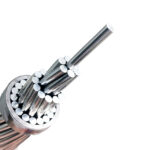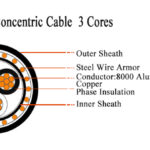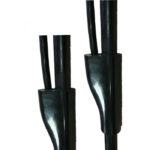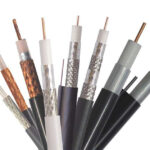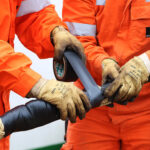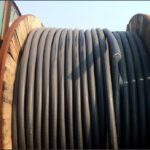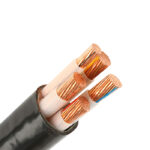Main Types of Overhead Cable & Wire
Overhead power lines mainly refer to overhead electrical wires, erected on the ground, and are transmission lines that use insulators to fix transmission wires on poles standing upright on the ground to transmit electrical energy. What type of wire is used for overhead? The wires used in low-voltage overhead lines are divided into bare wires and insulated wires. According to the structure … Read more

